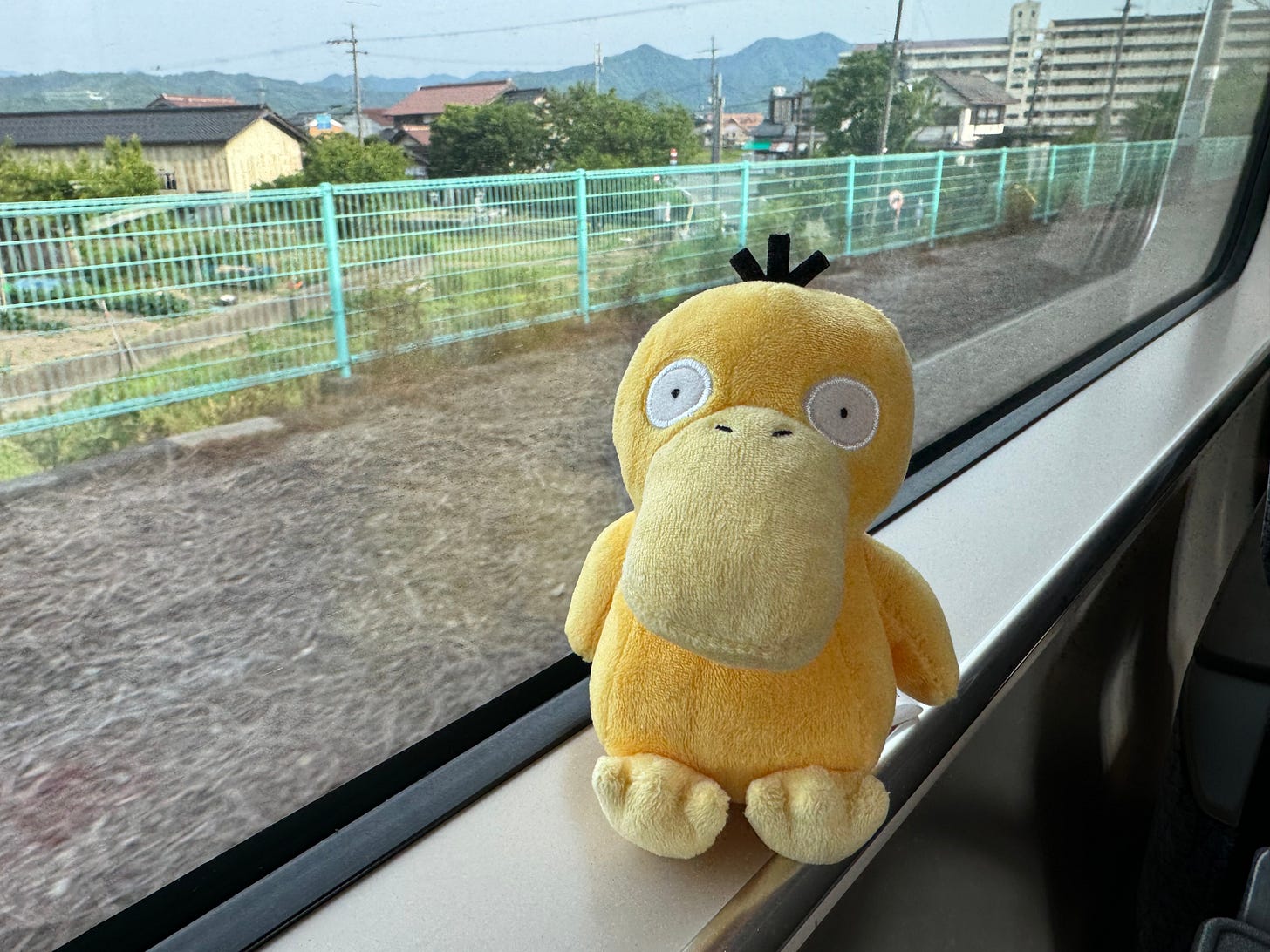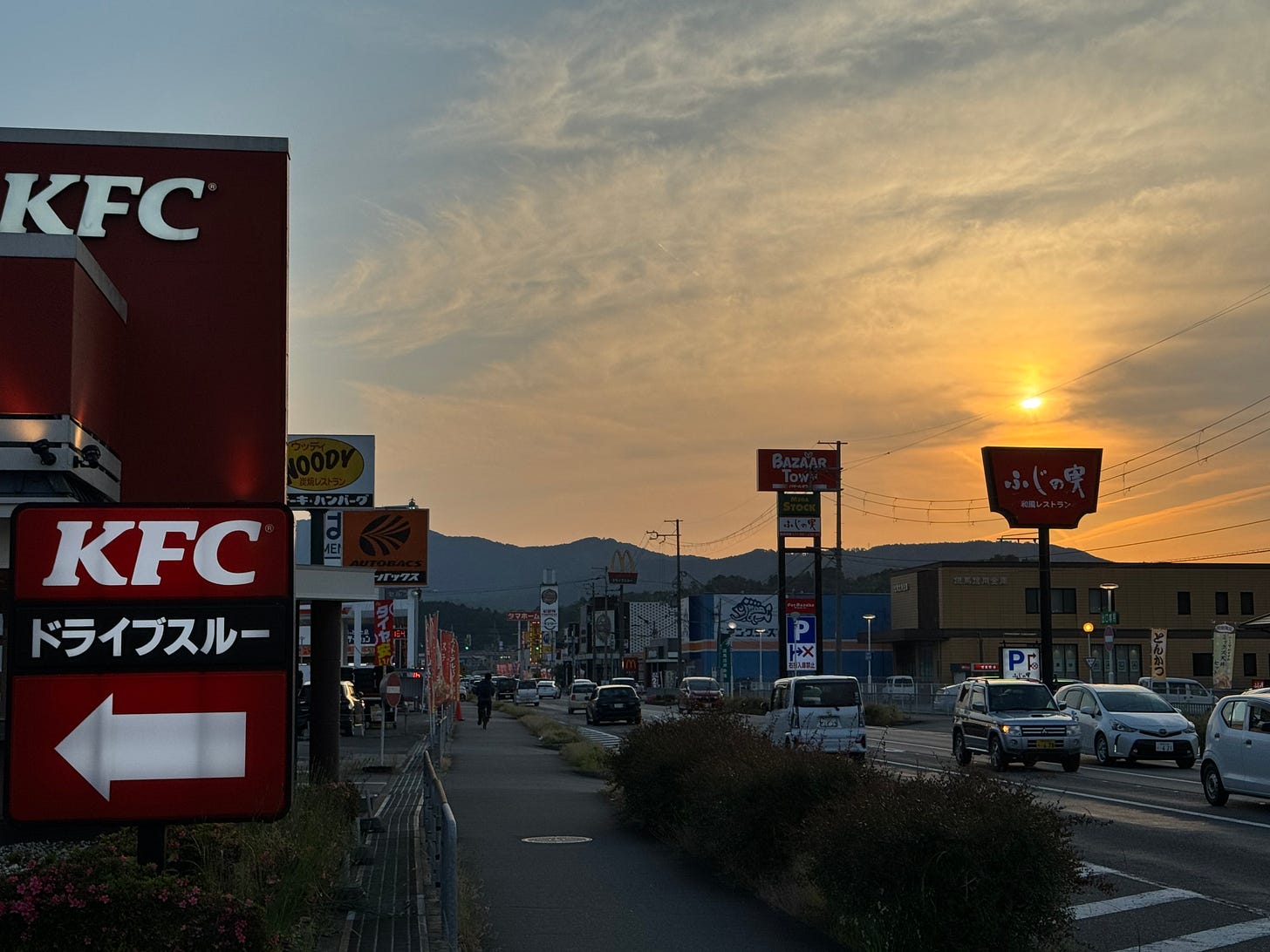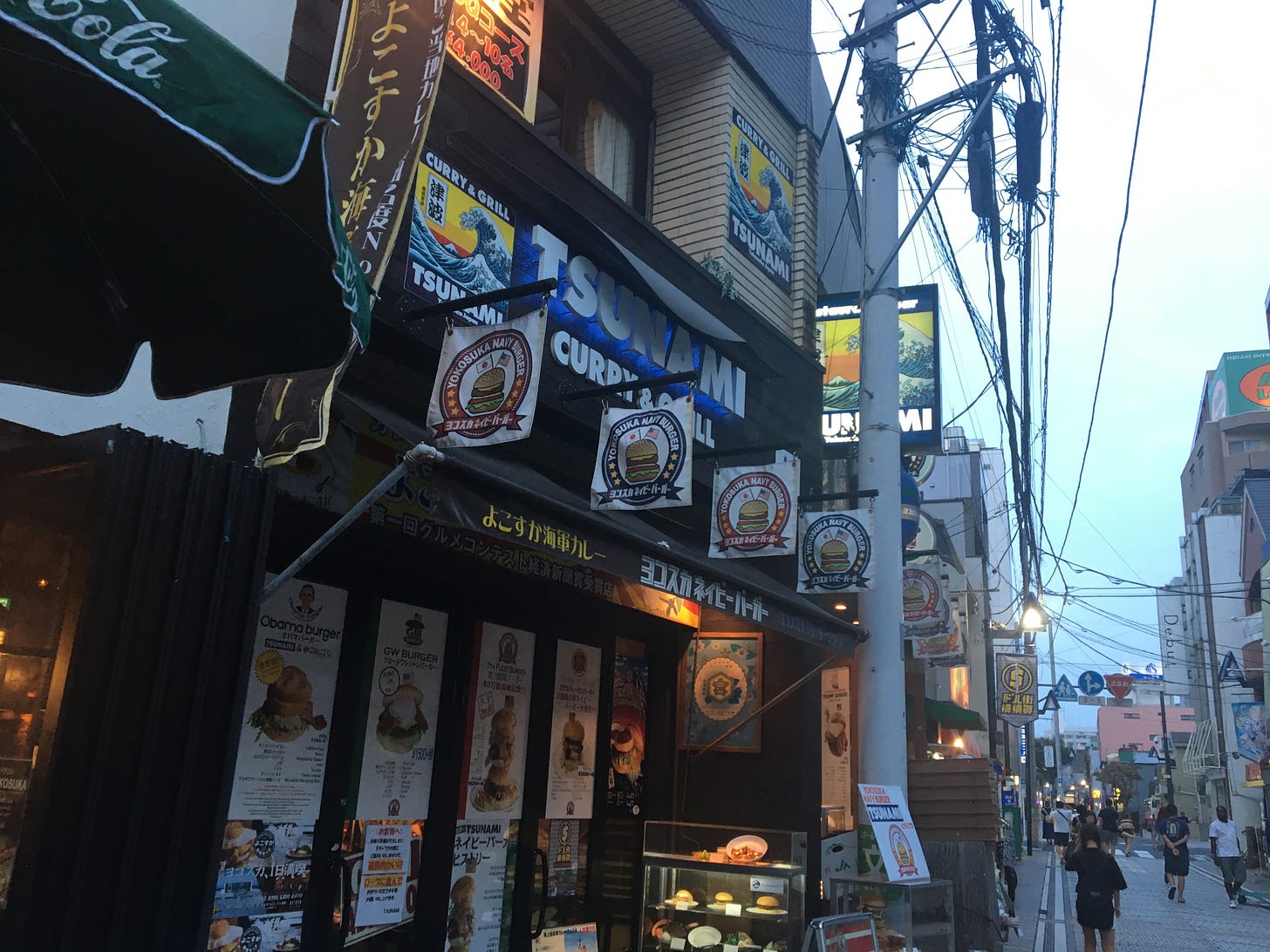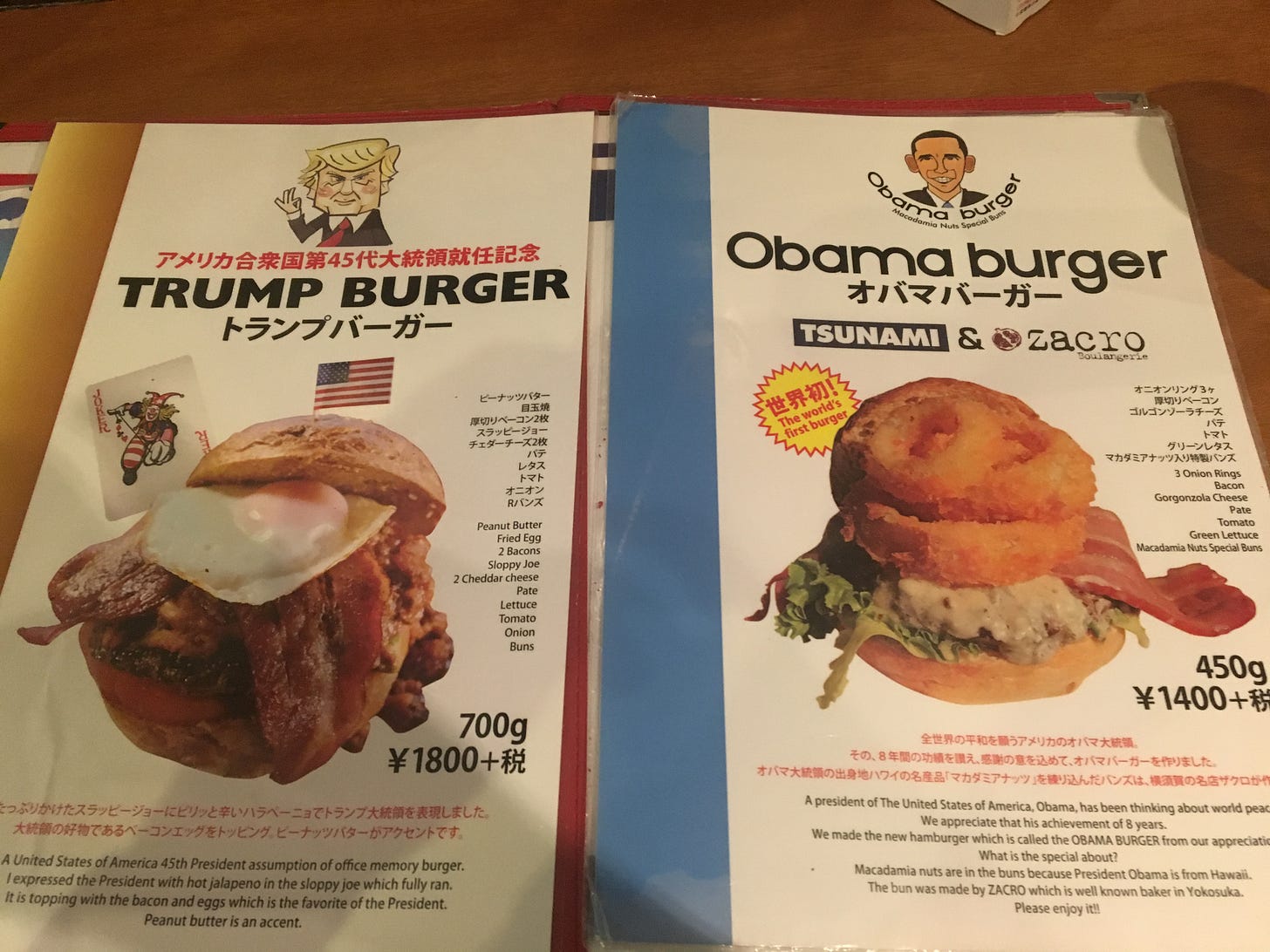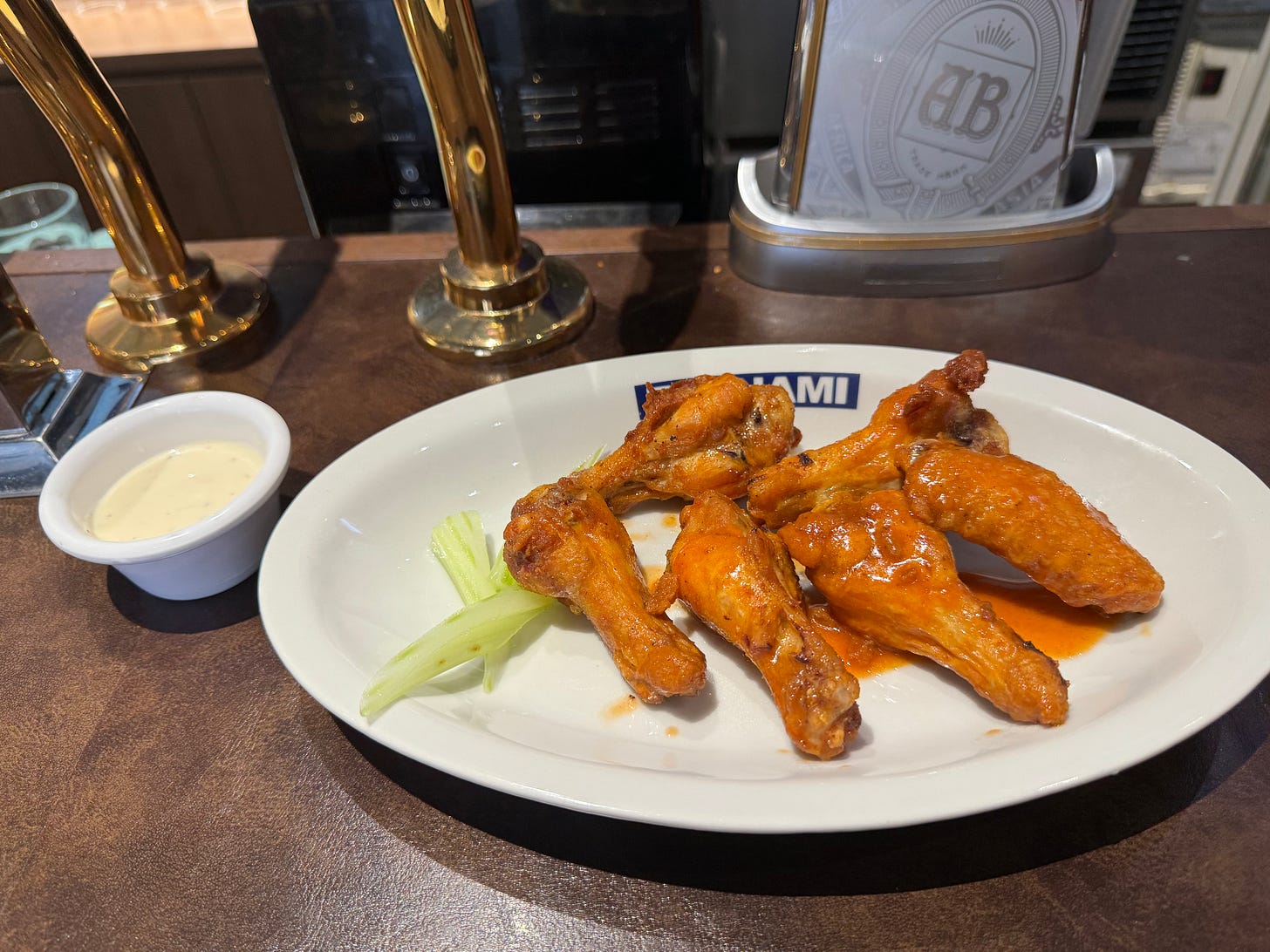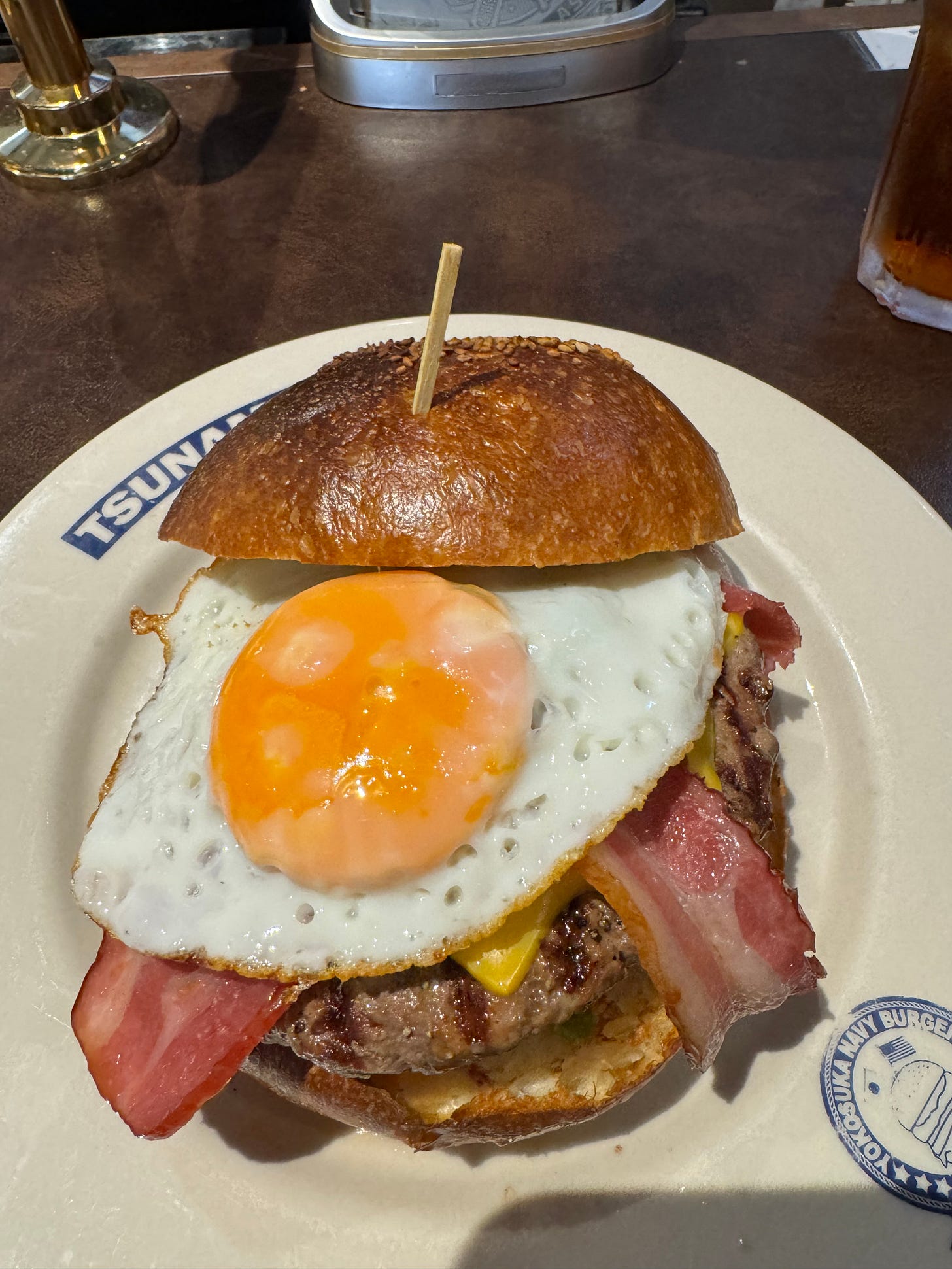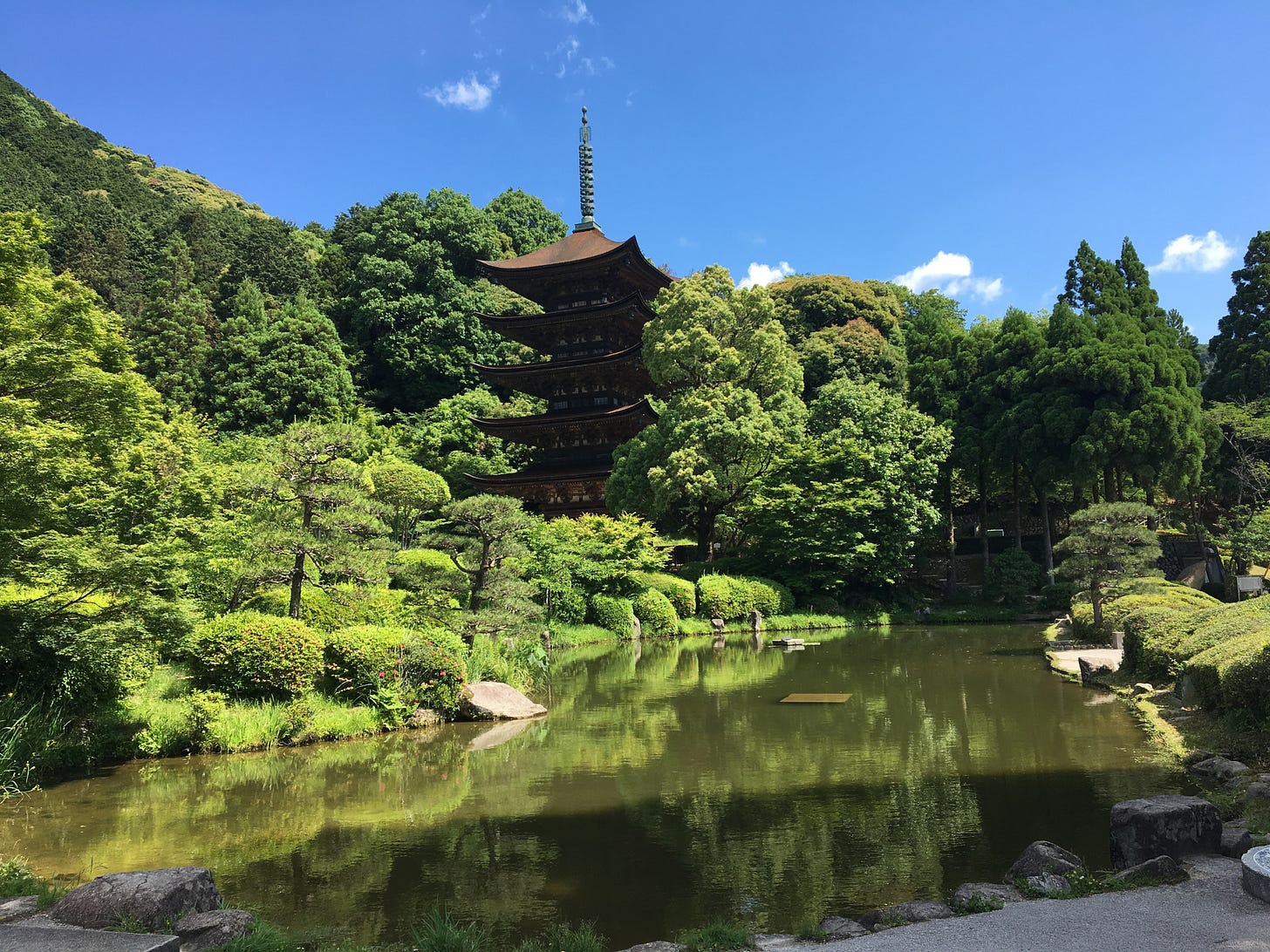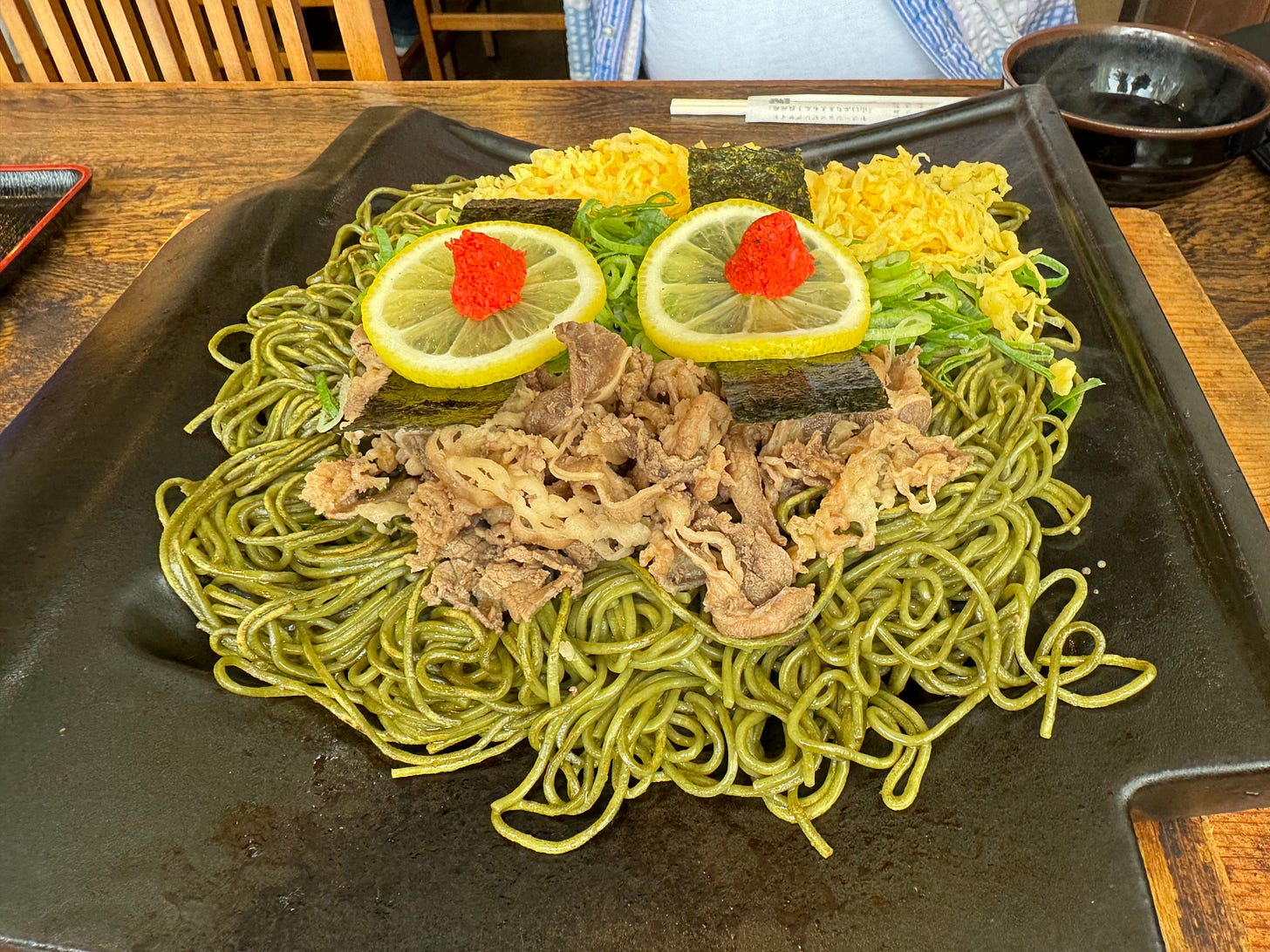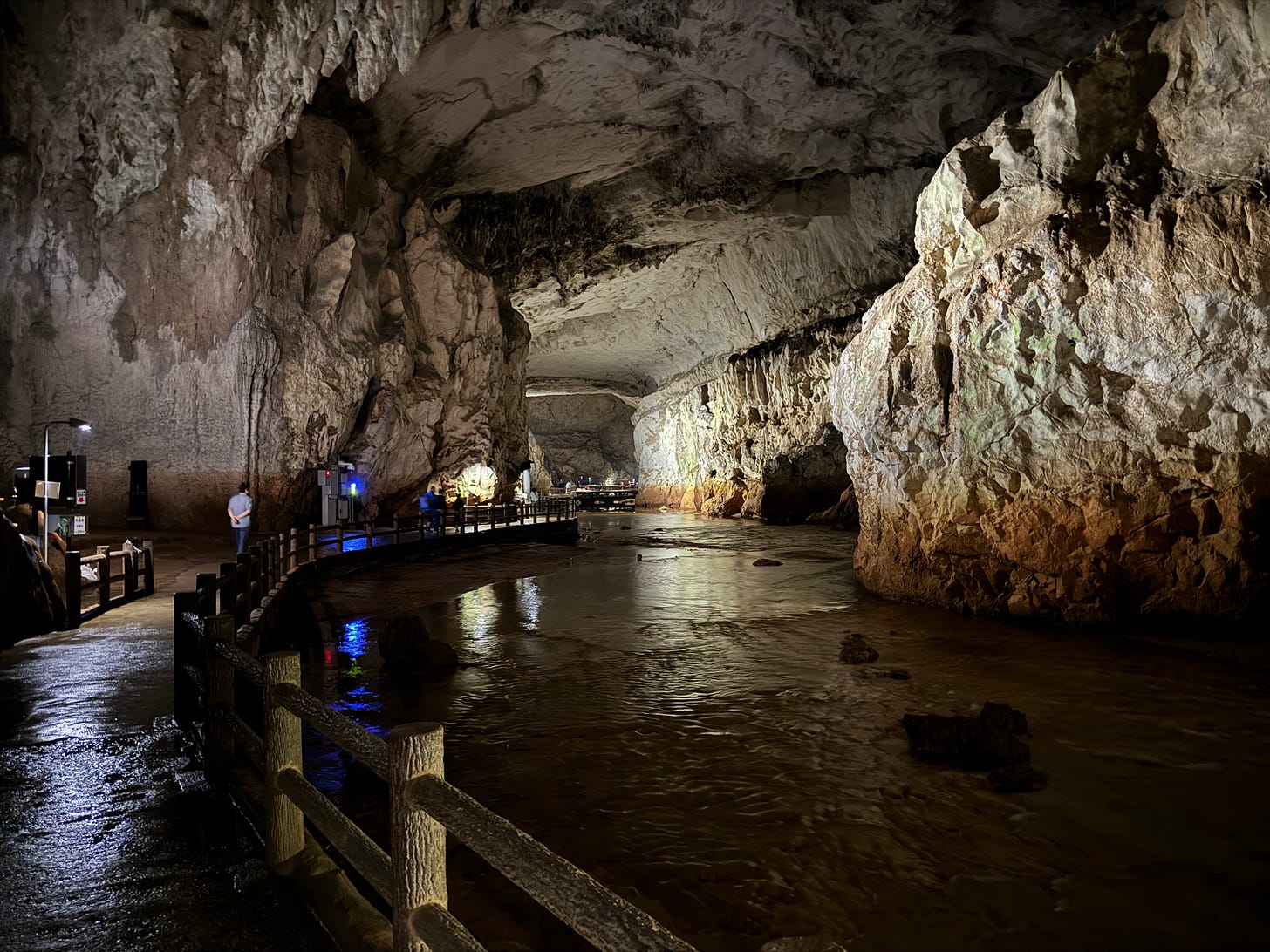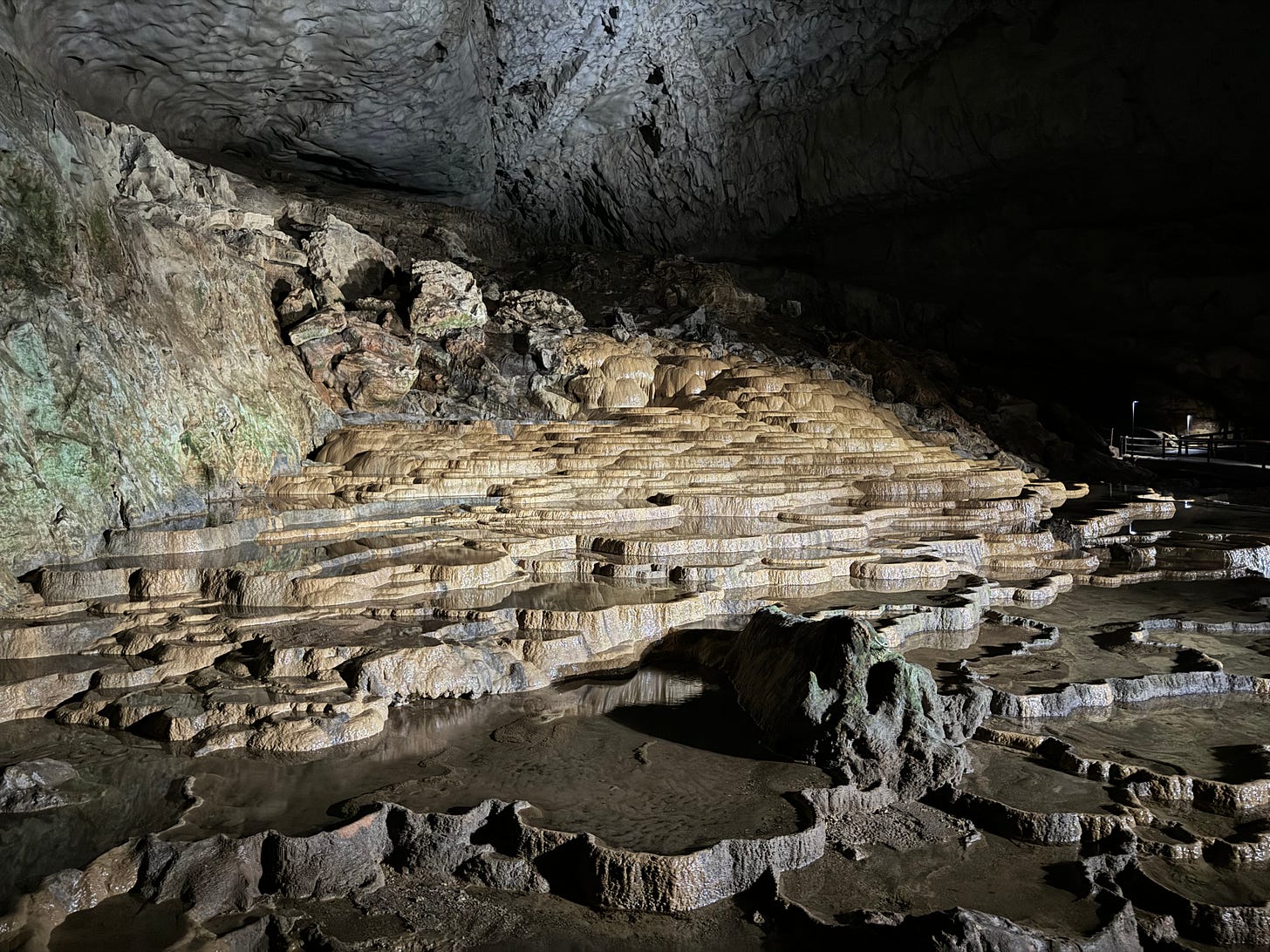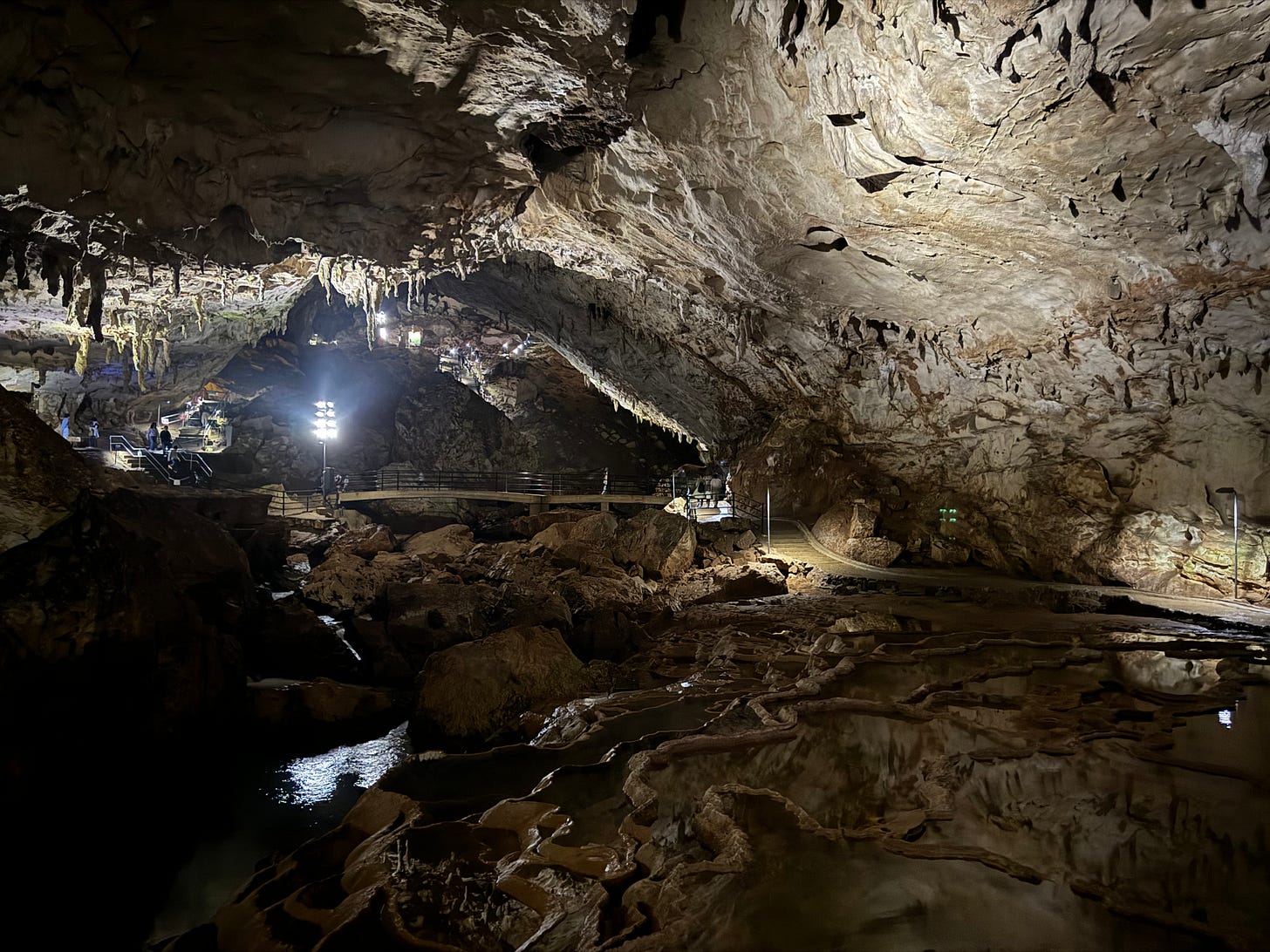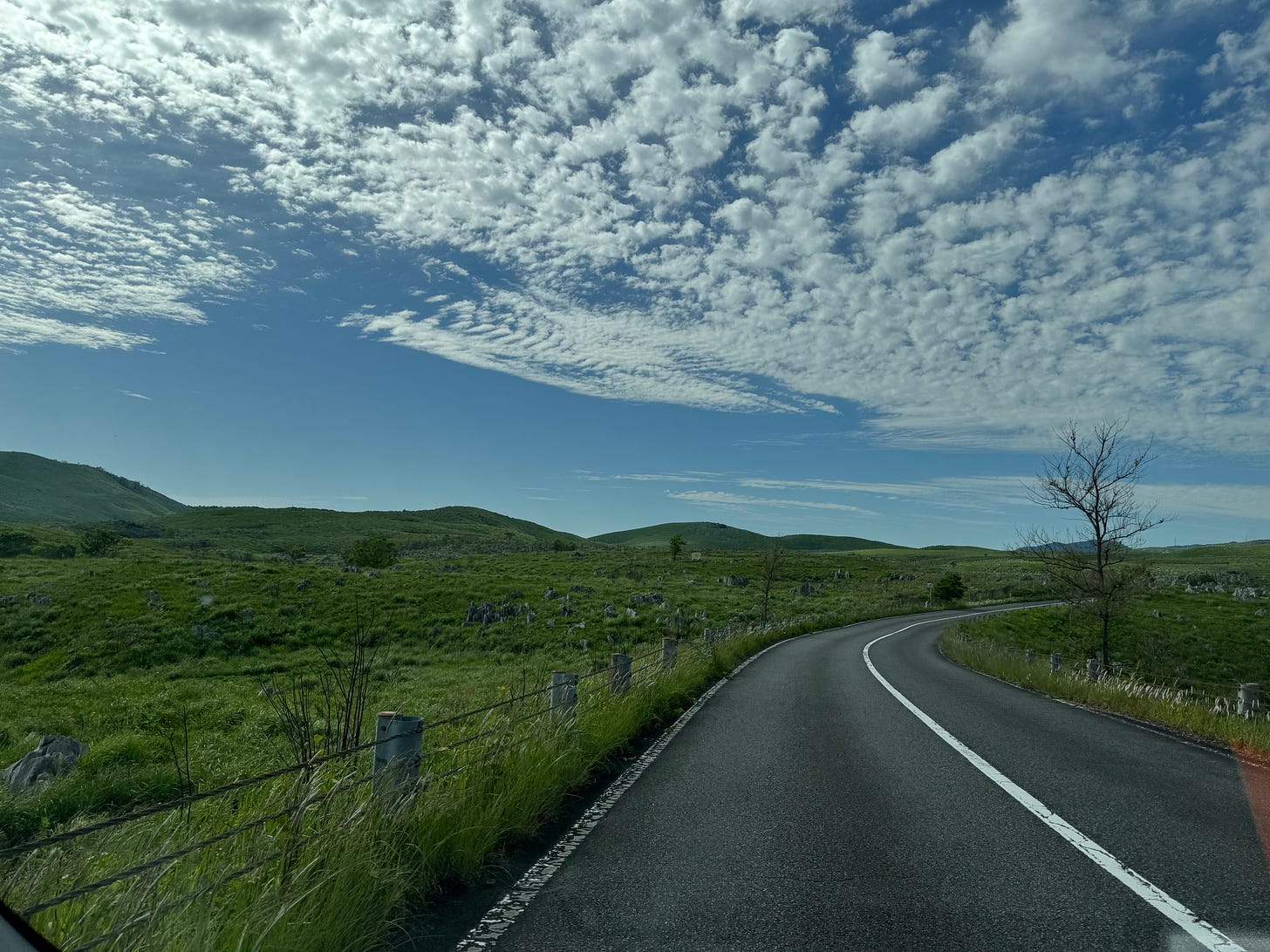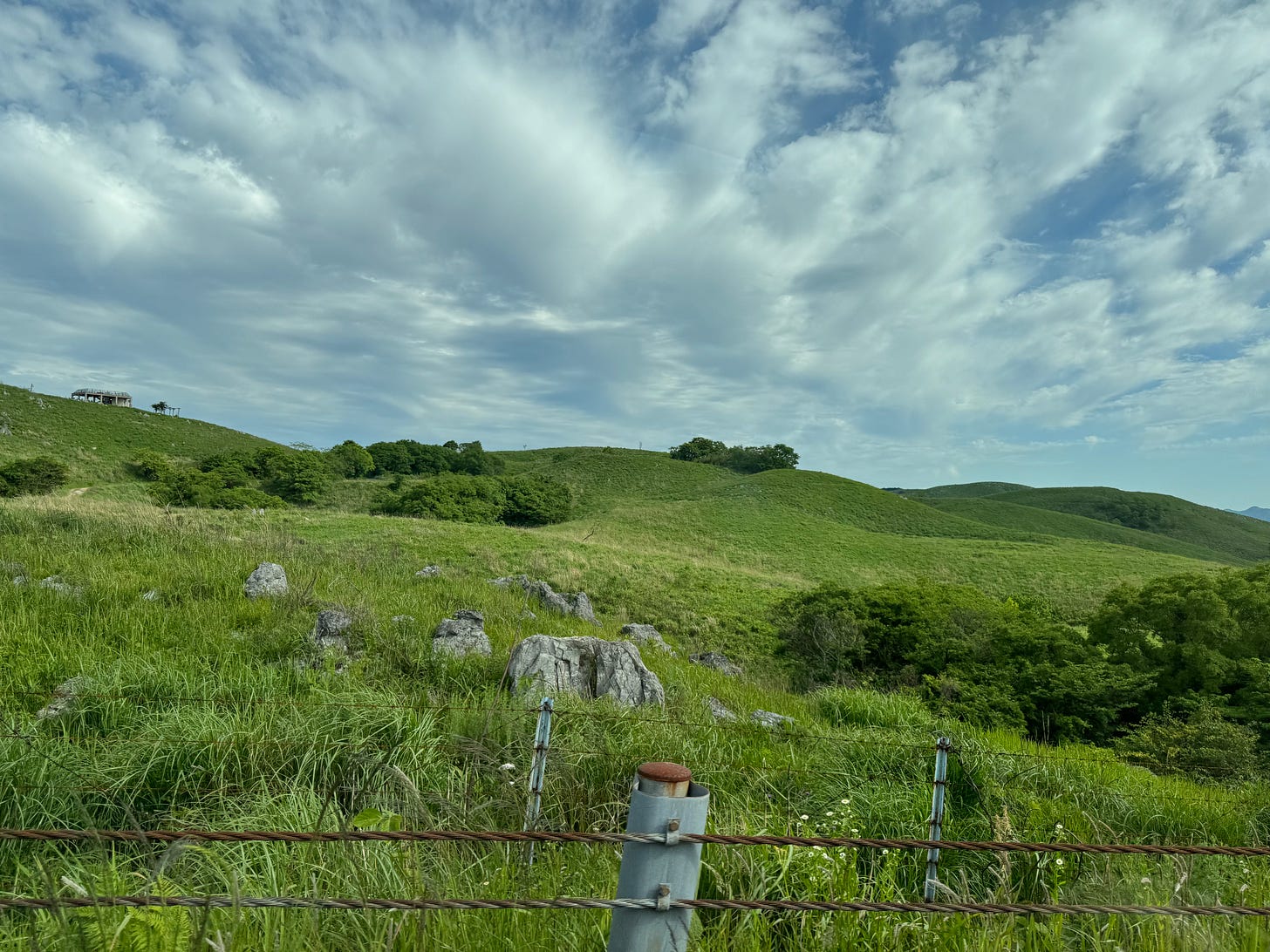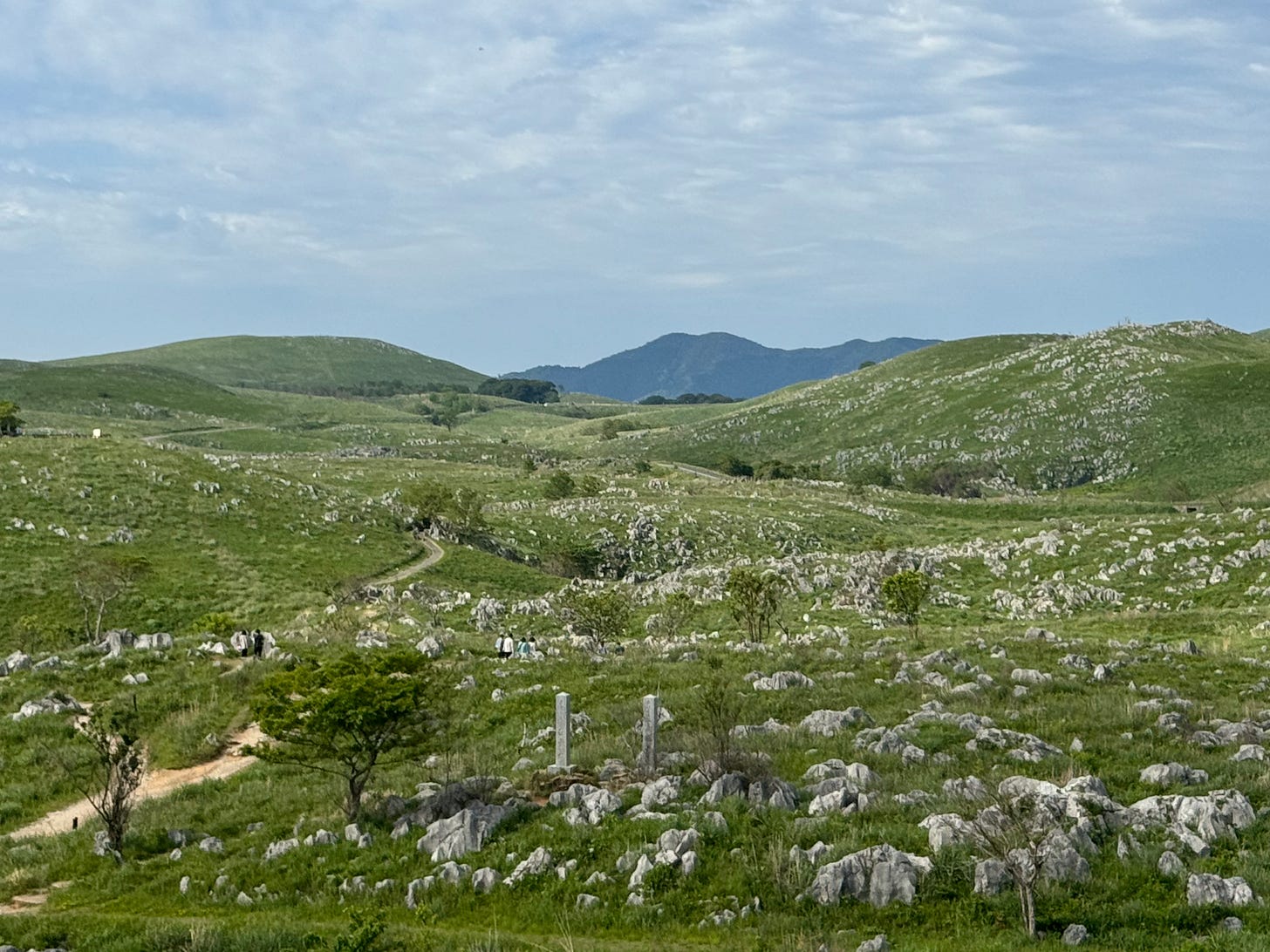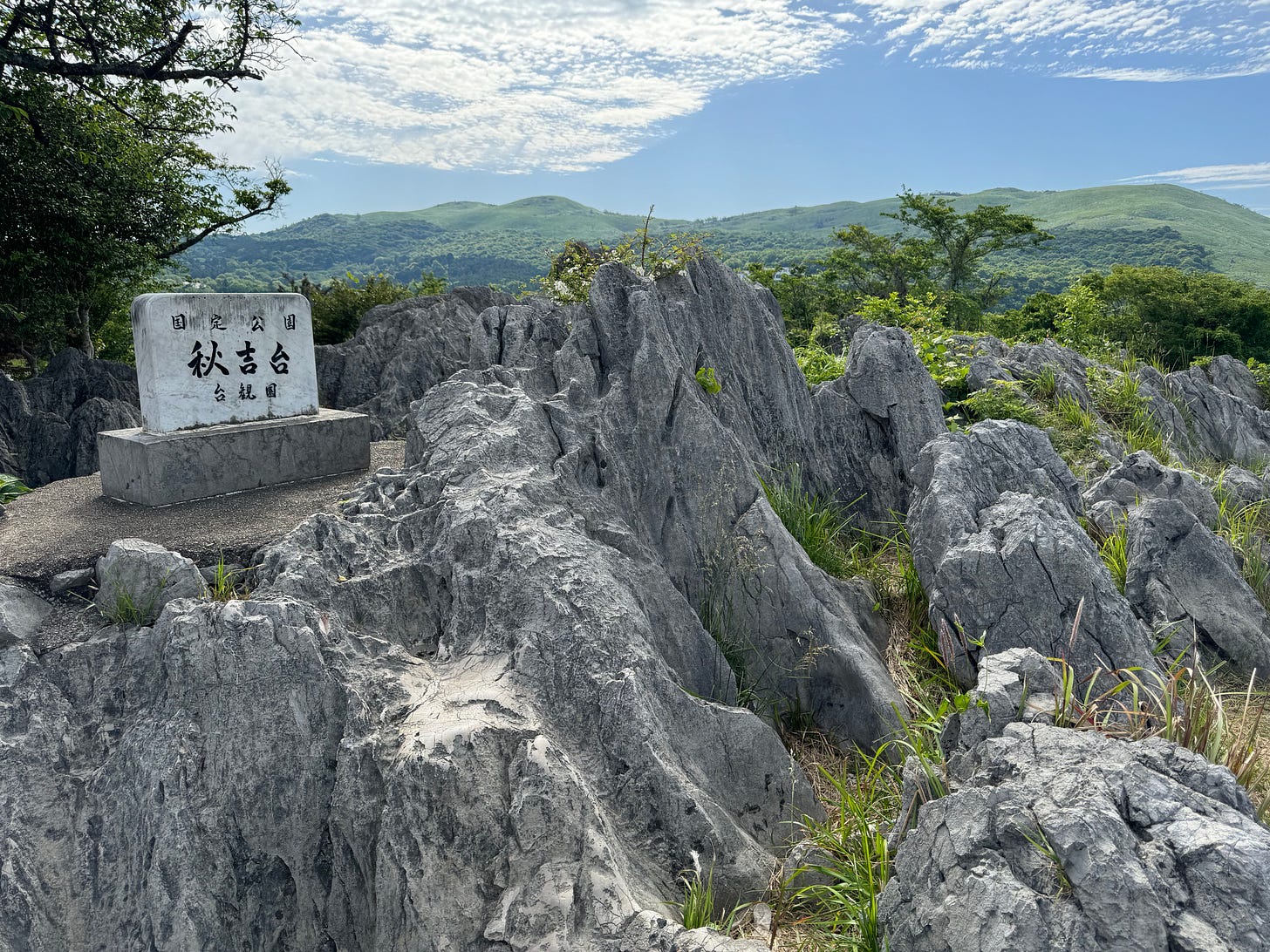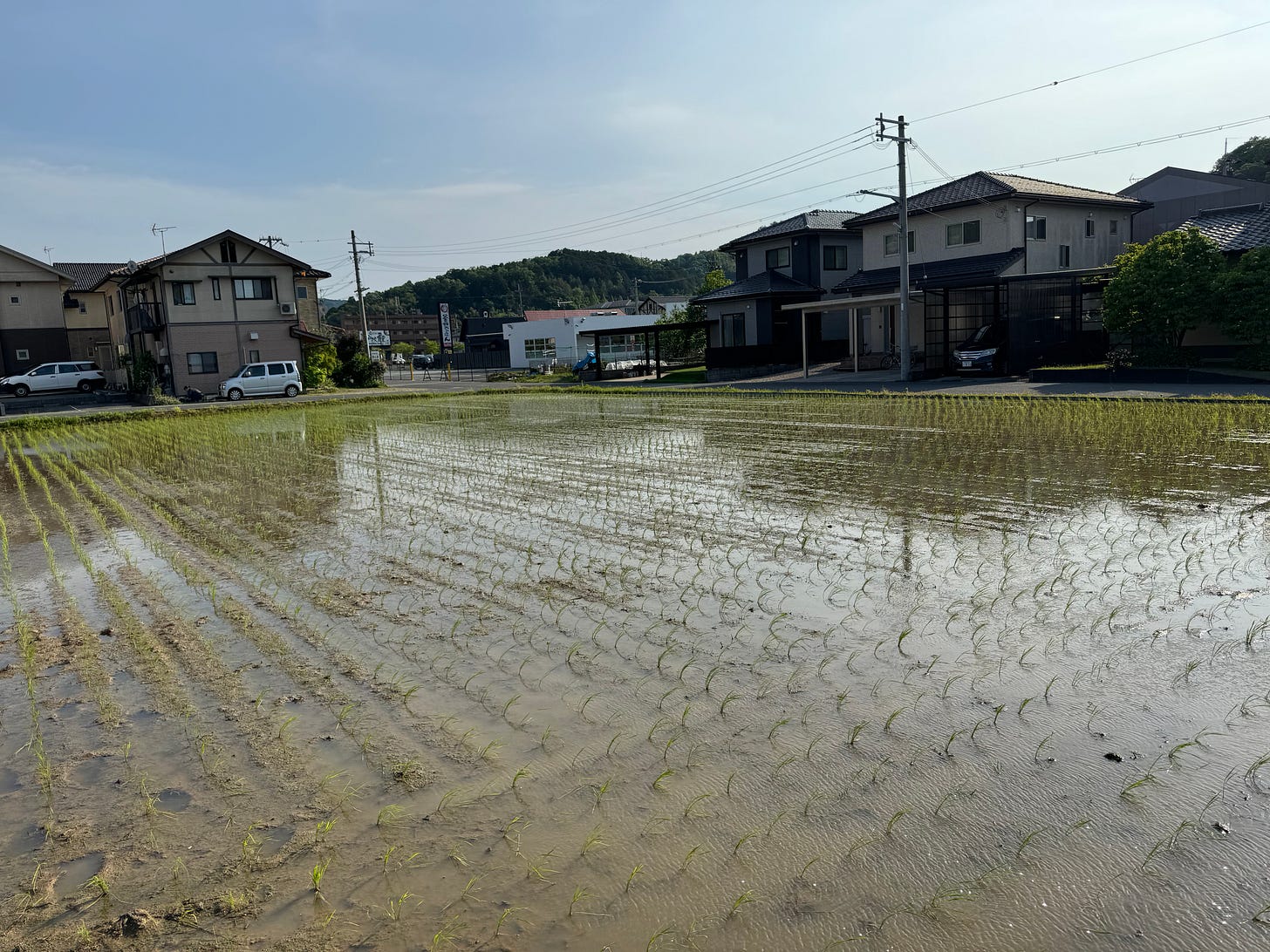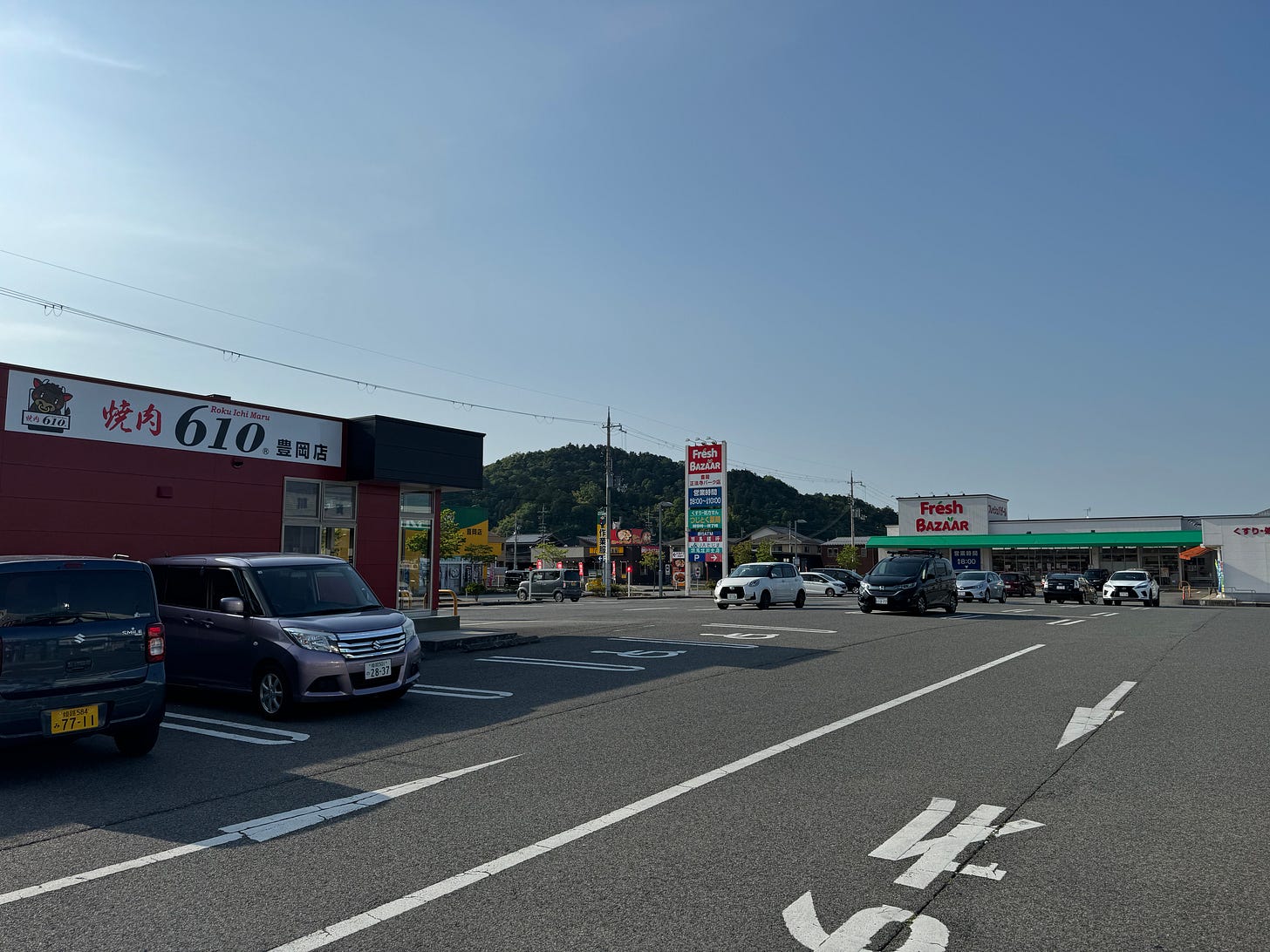A Personal Journey Through Japan — Free Subscriber Preview
All three parts of my Japan travelogue column are out now.
Foreign Perspectives is gradually shifting into more paid content. Certain columns such as these are free for all subscribers, but other articles will be exclusive for paid subscribers. If you enjoy the work I do, please consider upgrading to a monthly or yearly subscription. Your support is greatly appreciated and ensures that this Substack can continue to deliver high quality pieces.
In May 2024, I embarked on a trip to lesser known parts of Japan. It was a journey back to nostalgic places I had not been to in years, each of which played an important role toward shaping my life here today. This solo excursion taught me more about myself than I had bargained for, which compelled me to write down everything I felt through a series of columns.
Across three articles, I ended up writing over 15,000 words and included more than a hundred of my own photographs. Other pieces that required my attention as well as real-life commitments meant that the series took more time to complete than anticipated, but I’m glad to say it’s finally done. From the esoteric hamburgers of Yokosuka to the middle-of-nowhere rural landscapes of Toyooka where I had my first serious relationship, the goal was to provide a travelogue of destinations in Japan off the beaten path with unique personal anecdotes.
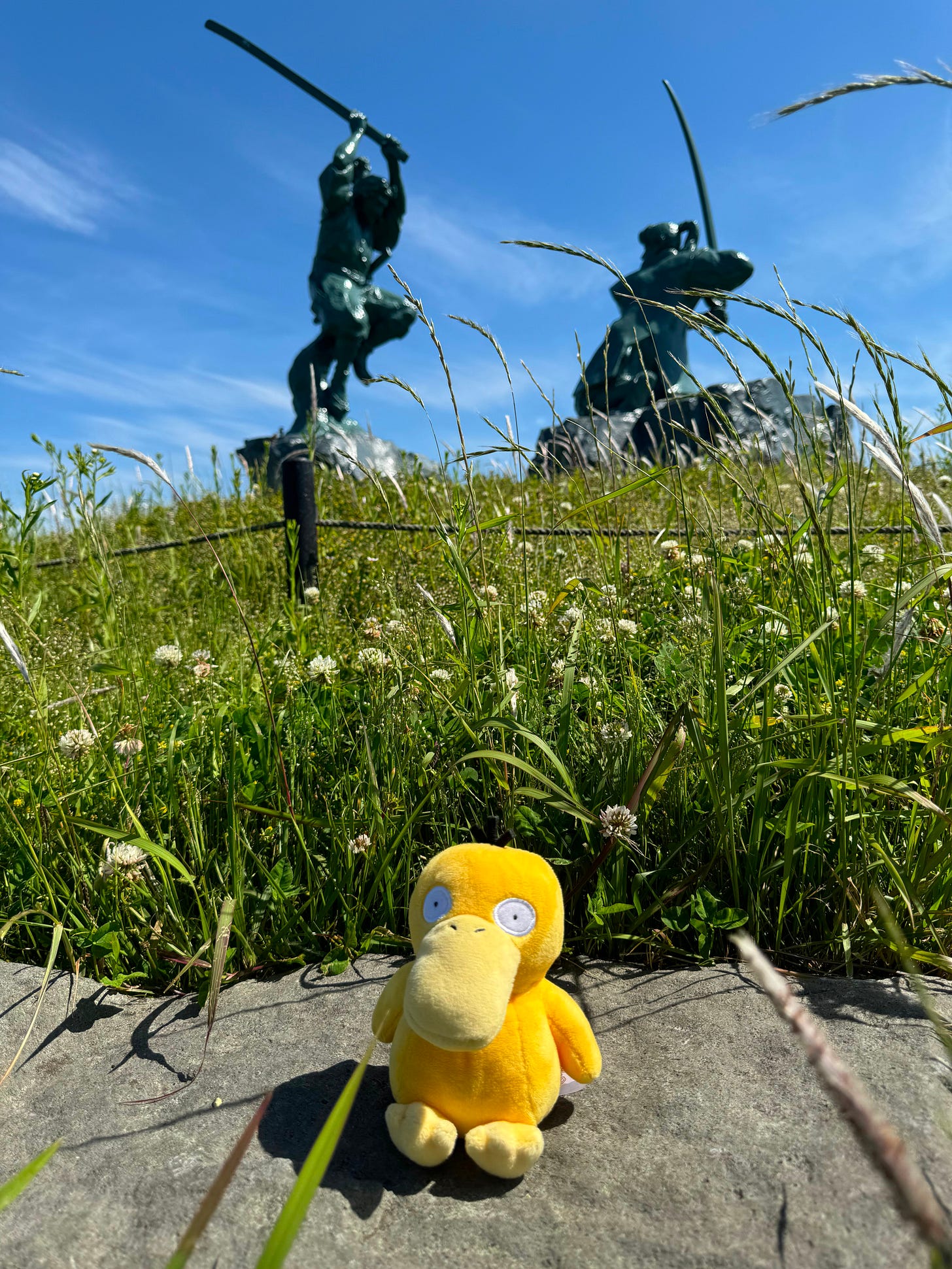
Given the unexpected long gaps between each article’s upload date, I thought it would be prudent to assemble all the links here so I can direct new and old subscribers to one place. I also happen to be traveling to Tokyo this weekend and will already be there by the time this piece goes live. Since I won’t be able to write any new Foreign Perspectives columns while on holiday, it’s the perfect opportunity to repost the entirety of this column miniseries.
Going forward in 2025, about half the content on Foreign Perspectives will be free, while the rest will be exclusively aimed at those who opt for a paid subscription. These three articles were originally intended for paid subscribers of this Substack, but what I’m posting here is material free subscribers will not have read. I have taken excerpts from the paywalled sections of each part and reposted them here to give an idea of what a paid subscription entails. If you like what you read, I’m currently running a 20% off sale until the end of the month. Details here.
As for other updates, I plan on rounding off April with a couple more columns on Foreign Perspectives. The next entry of A Bit of Film and War is still happening, but it had to be delayed after my backlog of freelance articles ended up increasing. I recently wrote a piece on Japan-ROK relations for UnHerd and a book review of a new biography on Kim Il Sung for NK News, so do check those out. Work on PhD continues, there are a few other writing opportunities that I’ll be taking on soon, and I’m hoping to eventually collect and edit my best columns from Foreign Perspectives into a proper book, but those announcements will come at a later date.
As always, a big thank you to all my subscribers for being so supportive of this Substack. Your dedicated readership is why I continue to do this and I’m especially grateful to my patrons who help keep the lights on. Now, the journey continues.
Yokosuka
Cultural crossover extends to Yokosuka’s food, which is a mix of Japanese and American sensibilities. With so many Americans in the area, most are going to want a piece of home while they’re stationed away from the States. The result is that Yokosuka has no shortage of sports bars and restaurants that probably offer the closest thing to American cooking you’re ever going to get apart from ritzier places in Tokyo. Easily the most famous is the “Yokosuka Navy Burger,” which is somewhat of a famous local speciality offered by the restaurant Tsunami.
In 2017, I was amazed at the wide selection of burgers Tsunami offered, most of which were modeled after U.S. presidents. For example, the Obama burger contains macadamia nuts in reflection of his Hawaiian roots, while the Trump burger contains bacon and eggs which are his favorites. I went with the George Washington burger, which is a more standard bacon cheese burger. I suppose its classic design is meant to symbolize that he was our first president, but it also has a fried egg, which is something that Japanese burgers are famous for. So consider it symbolic of U.S.-Japan cooperation. I know I’m probably stretching the connection here, but there are only so many ways you can tie the U.S. commander in chief to burger ingredients. I don’t even want to know what a Martin Van Buren burger would taste like.
Of course, I’m not going to be able to accurately remember all the details of the George Washington burger I ate over seven years ago, but I will say that something about it has stuck with me since. Outside of your typical Japanese fast food chains like McDonald’s, Lotteria, and MosBurger, this was probably the first time I had a proper gourmet burger in a sit-down restaurant. Japan’s interpretations of American staples like burgers and pizza are often compared unfavorably to their originals, but from what I recall, Tsunami did a good job.
So how does Tsunami hold up in 2024? While the nostalgia was probably doing some of the work, I’m happy to say that I had a pleasant lunch. One thing that changed during my recent visit is that Tsunami now has a sister restaurant called Tsunami Box down the street from it. I actually made the mistake in thinking that the store had simply been renovated, but no, it’s an entirely new establishment. I only realized this as I was sitting down, but considering that both places are run by the same management and that the menus are virtually identical, there was no need to worry.

I began my order with a plate of spicy wings. Lo and behold, they were actually spicy too! Long-term foreign residents of Japan are probably aware that most food advertised as “spicy” is usually just slightly saltier or barely spicier than seasoning from a standard black pepper shaker. It seems that the standard palate here doesn’t really handle spicy well, which is evident by Japanese food being more famous for umami. Anecdotally, most Japanese people don’t seem to like spicy foods, so most restaurants apart from speciality places cater to that majority. Given that Tsunami attracts a lot of Americans though, their wings are properly seasoned with sauce that reasonably tastes like something you’d get at a typical U.S. sports bar.
The main objective of my pilgrimage to Tsunami was obviously one of their burgers. Looking back through my old photos and remembering that I had ordered the George Washington burger last time, I decided to go for the Trump burger. The menu describes the inclusion of peanut butter and jalapeños as an “accent,” which is probably the perfect culinary metaphor for his unorthodox presidency. Naturally, I had to try it.
The ingredients were high quality and the combination of flavors surprisingly worked. It’s hard to describe sometimes how Japanese hamburgers differ from American ones, but you can just tell if you’ve ever had both. It’s probably down to what ground beef is used, while much has been written on how much Japanese bread starkly contrasts from American or European breads. I make sourdough bread myself when I have the time and the results have been quite different when I use imported American flour versus what’s available in a typical Japanese supermarket. In any case, Tsunami still seems to be maintaining around the same level of overall quality I experienced seven years ago.
Read the full article here.
Yamaguchi
My former colleague Endo joined me the next day for more sightseeing around Yamaguchi. Our first stop was going to be Rurikoji Temple, which was a repeat of one of the key prefectural destinations I visited when I previously lived in the region. As Yamaguchi’s most famous symbol, the pagoda is considered a national treasure and is worth making the pilgrimage to see. Unfortunately, Rurikoji was going under major renovations when we visited the area and isn’t expected to be completed until March 2026. The impressive five-story tower was covered with a tarp, but the surrounding park is still open. Luckily I was able to take photos of it back in 2017.
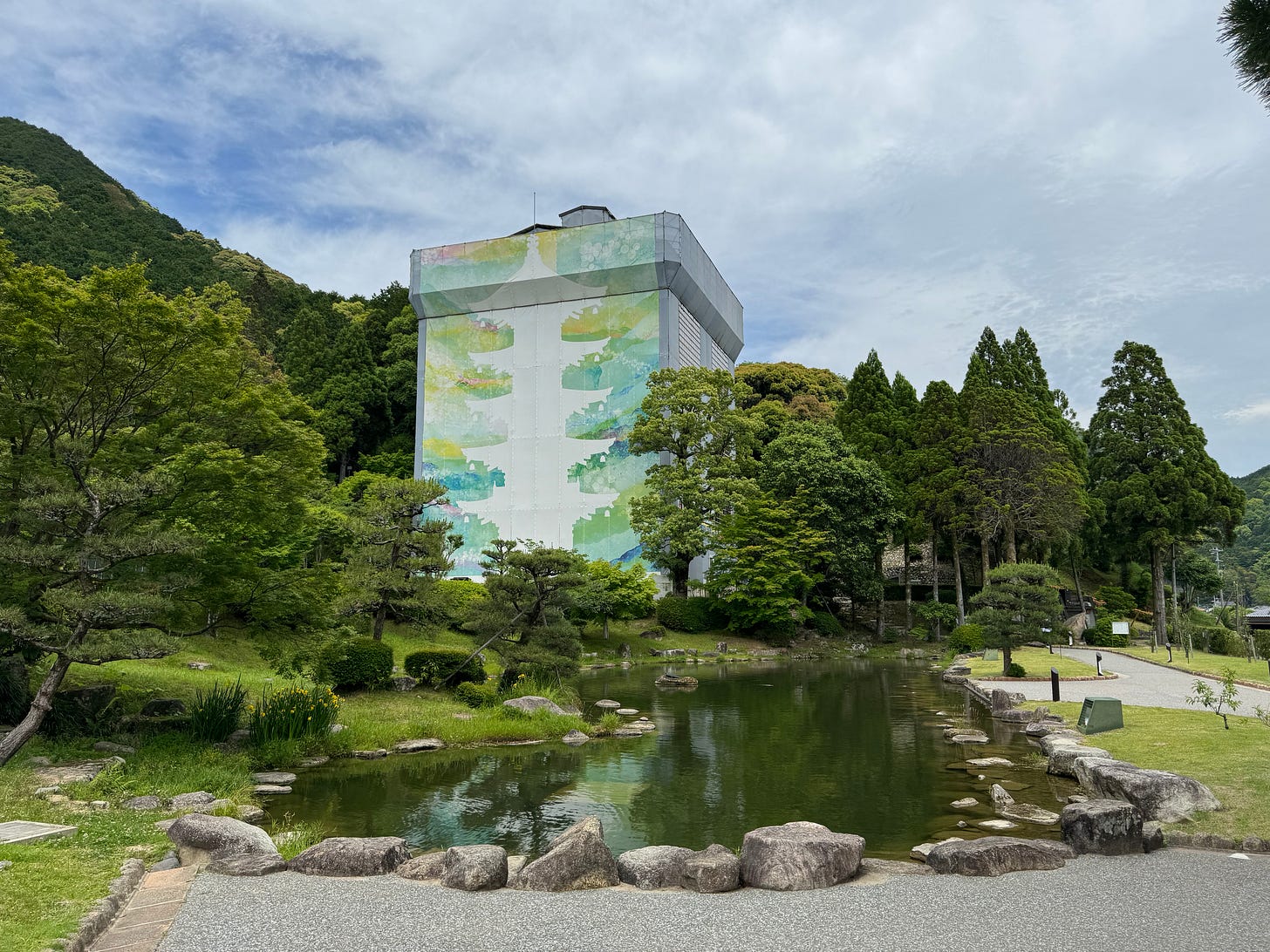
Despite being unable to see the pagoda itself this time, I enjoyed once again taking in the serene green environments. In fact, whenever I think of Yamaguchi Prefecture, the color green immediately springs to mind. There are so many natural landscapes that remain carefully preserved and make this region stand out compared to what most are used to when they visit Japan. And speaking of green, that also extends to Yamaguchi’s signature local dish kawara soba — green tea noodles served on a roof shingle. It dates back to the Meiji era when soldiers scrounged together whatever ingredients they could find to make a quick and easy meal before battle. Endo took me to the same kawara soba place we went to seven years ago, which was just as delicious as I remembered.
While Rurikoji was a no-go this time, our next destination was thankfully still around. Located to the northwest of Yamaguchi City is Mine City. It features Akiyoshido, an expansive network of caves that’s one of the most popular tourist destinations in the region. I recommend having a camera or smartphone with good night photo capabilities as you’re going to need it to take clear shots of the interiors. The roughly one kilometer stretch open to tourists has been paved to be a very walkable path, with natural limestone formations and pools being some of the highlights. We were there when it was quite hot in May, so the cave’s cool temperatures were a welcome respite from the humidity outside.
Above the surface lies something even more unique — Akiyoshidai Plateau. Large blocks of limestone leftover from millions of years of erosion dot the rolling hills, making it seem like something out of a Studio Ghibli movie. While there are tour buses available that can transport visitors up and down the mountains, having your own car comes highly recommended. Simply driving around the winding roads is a breathtaking experience, and the main observation deck also provides a clear view of the sprawling landscapes which I can only describe as otherworldly. Hiking trails are also available for the more adventurous traveler, but there wasn’t time so late into the afternoon.
Read the full article here.
Toyooka
The nostalgia hit me like a warm wave as my train once again arrived at Toyooka Station six years later in May 2024. While the facilities had been updated to accept IC cards instead of only paper tickets, the station was exactly as I had remembered it. I walked the familiar skybridge leading east from the gate into the adjacent Aity shopping center. Having gone in there so many times, I practically had the area’s general layout memorized. The Sato supermarket was still there as were most of the other shops I once frequented. For the average tourist just passing through, none of this would mean anything. For me, it was like returning to another life that had continued to go on without me.
Here’s a travel tip. Kinosaki Onsen attracts a lot of tourists and most go there directly. If you want to save some money though, Toyooka has hotels that are far cheaper. None of them are Ritz-Carlton obviously, but you can expect to pay far less by staying outside of the main tourist attractions and you’ll probably only be here for a couple of days anyway. The onsen village is directly accessible by either bus or train, making it little hassle to get there. The city center offers plenty of tasty and reasonably priced restaurants, while there are also enough convenience stores and other shops to provide whatever you’ll need for your stay.
My hotel was only a couple of blocks away, so I checked in and unloaded my luggage. After settling in, my first goal was simple: a literal stroll down memory lane. I wanted to retrace my steps across the daily route I took from the apartment I lived in with A to the city center. Having returned to Japan in 2019, I technically could have gone back to Toyooka whenever I wanted to because it’s less than a three-hour train ride from Kyoto. Yet I didn’t have much desire to see A again and the chances of that happening were high given how small of a town this is. With six years having now passed since I left, however, I learned through Facebook that she had married and moved away from Toyooka. There was no risk of our paths crossing.
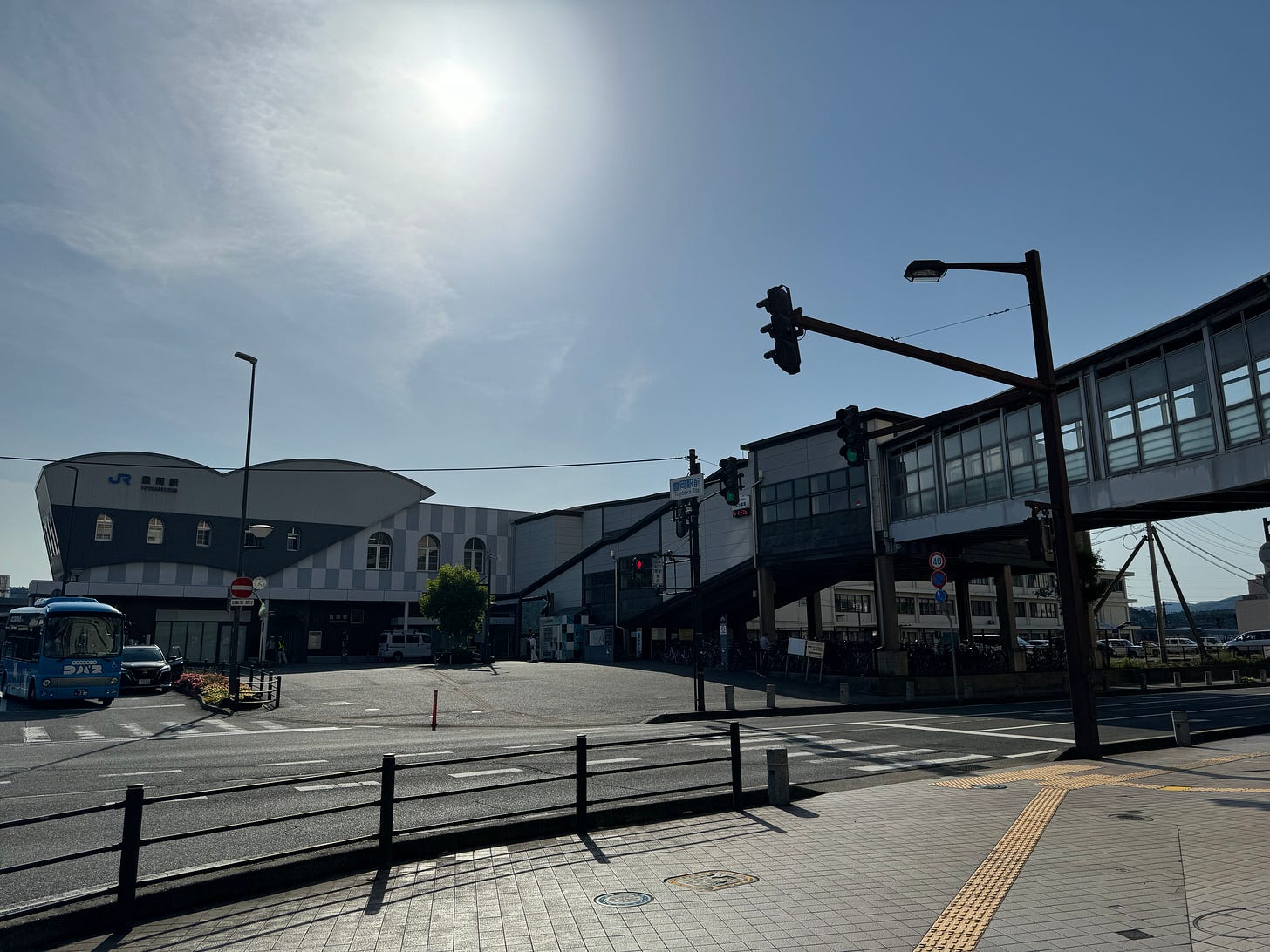
Returning to Toyooka Station, I instead left through the west exit and made my way through the surrounding residential area. With so many powerful memories returning to my mind all at once, I was particularly reminded of how I’d wake up each morning and use these streets for my jogging routine. I’d also ride a bicycle across town while running errands and doing shopping. One of the biggest differences between the Japanese countryside and city is that living in the former generally results in far more physical activity than the latter. That summer of 2018 was easily my healthiest period and I haven’t gotten anywhere near as slim since.
Just as I did with my visit back to Yamaguchi, I made it my goal to be as active as possible. I’ve discussed all the weight I’ve gained and lost in the last few years before, but this trip really hit home for me how much things can change depending on where you live. I was only in Toyooka for three days, but two of them were spent walking and running across my old stomping grounds. I ended up burning close to 2,000 calories each of those days, which is something I’ve never been able to do with all the conveniences of city life here in Kyoto. I’m in a much better state of health nearly a year on, but accomplishing those runs in Toyooka gave me the confidence to continue my fitness journey for the rest of 2024.
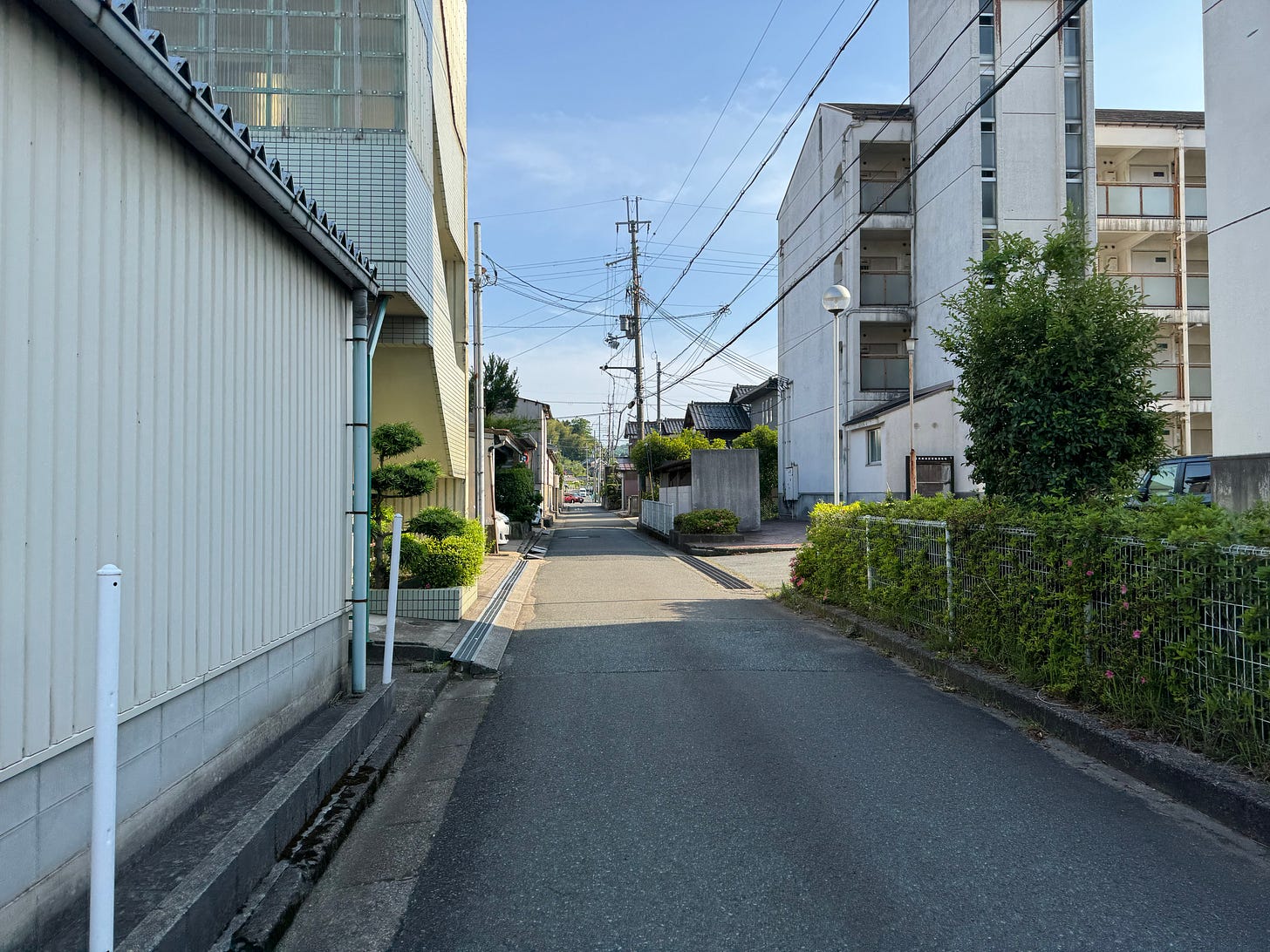
Jogging would come later in the evening. For now, I was having a pleasant walk down streets I had not trodden on for a long time. Yet I still knew where I was very well. Walking away from Toyooka Station leads to rows of houses and apartments that criss-cross between a small stream and another main road. Approach that road a bit further and you’ll see rice fields which are a standard fixture of the Japanese inaka near a Fresh Bazaar supermarket. Nearly all the restaurants I had gone to at least once during my time living in this area were still here. Chains like Shiogensui ramen, Coco Ichibanya curry, and Hotto Motto bento provided quick and easy lunches, while I also enjoyed exploring the independent bakeries, noodle shops, and Chinese restaurants.
Even the Ministop convenience stores I frequently visited for drinks and snacks remained. A few places had gone out of business or gone under renovations, but this neighborhood remained remarkably similar to what it had been all those years ago. I was the only foreigner for miles, which resulted in a few more stares than usual compared to tourist-jammed Kyoto. It recalled the mildly interested looks I got from schoolchildren in Toyooka every morning when I’d rise early to get my jogging out of the way after A left for work. I never really talked to many people, but business staff I interacted with were always friendly and interested in conversation.
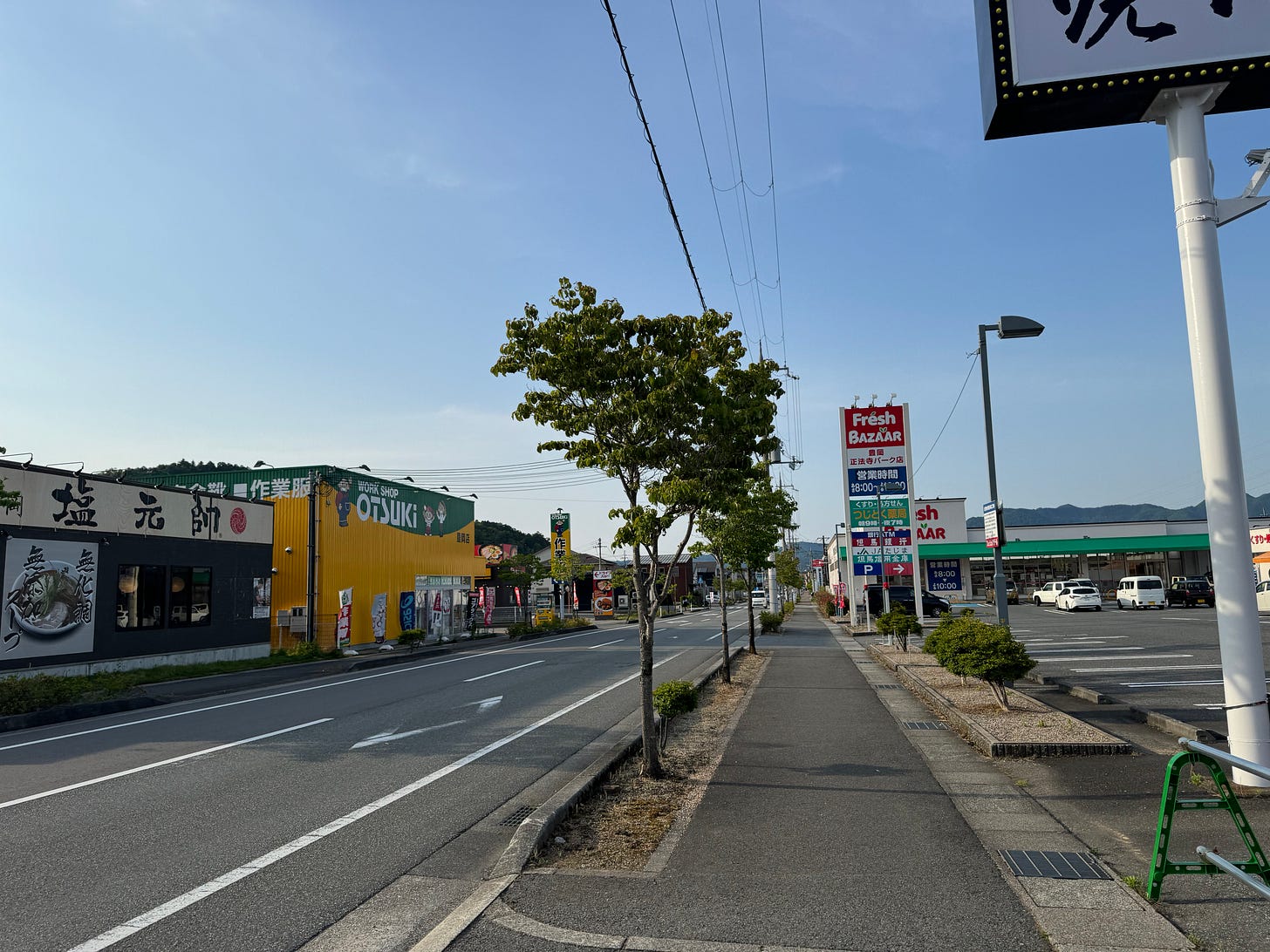
Returning here felt like I had been transported back in time. To a different world, a different life, and a different me. When I had lived here, I was able to view such an uneventful rural place as akin to some distant oasis of peace and harmony because it was my last opportunity to enjoy Japan before I had to face the realities of my life and responsibilities in America. Perhaps it was also because I had come to prefer slower rural life to a faster-paced urban one. I’m no subscriber to the “civilization is evil” ideology philosophers like Rousseau espouse, but I can sort of get where the Frenchman was coming from when he said, “Nature never deceives us; it is we who deceive ourselves.” Or as Liam Neeson in Martin Scorsese’s Silence also put it, “We find our original nature in Japan.”
I navigated the back roads leading to the apartment me and A previously lived in. I obviously had no intention of going in, not that I even could have, but the exterior, parking lot, and general layout were all unchanged. Upon looking at what was in front of me, I once again faced the mix of emotions that had been building up in the days leading up to this moment. It was a place which brought me as much joy as it did sadness when I was still trying to figure out my plans for the future. I paused for a few minutes to remember the good with the bad.
Read the full article here.
Foreign Perspectives is a reader-supported Substack. If you like my work and have come this far, consider opting for a paid subscription so I can continue writing in-depth articles such as these on a regular basis. Your support is greatly appreciated!


